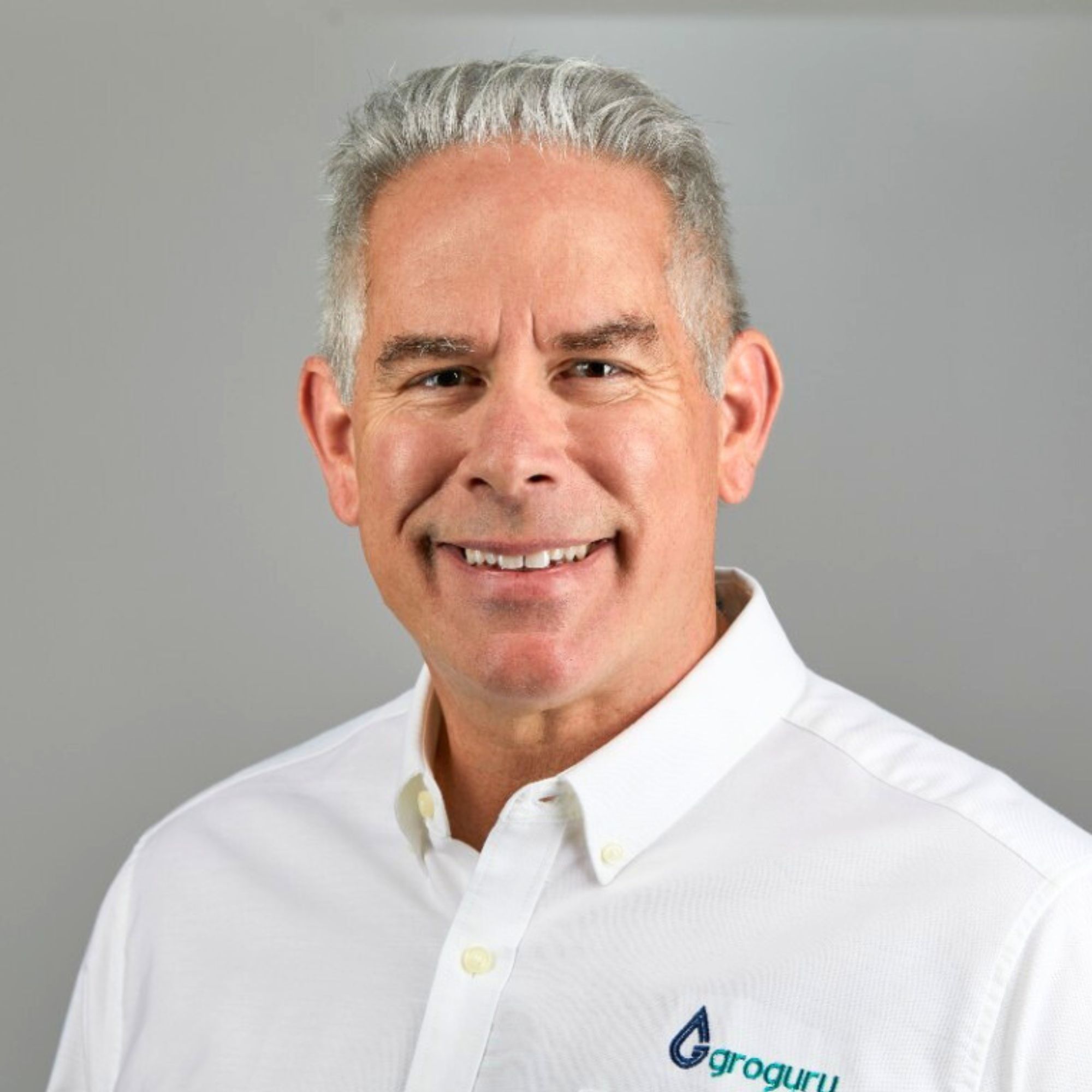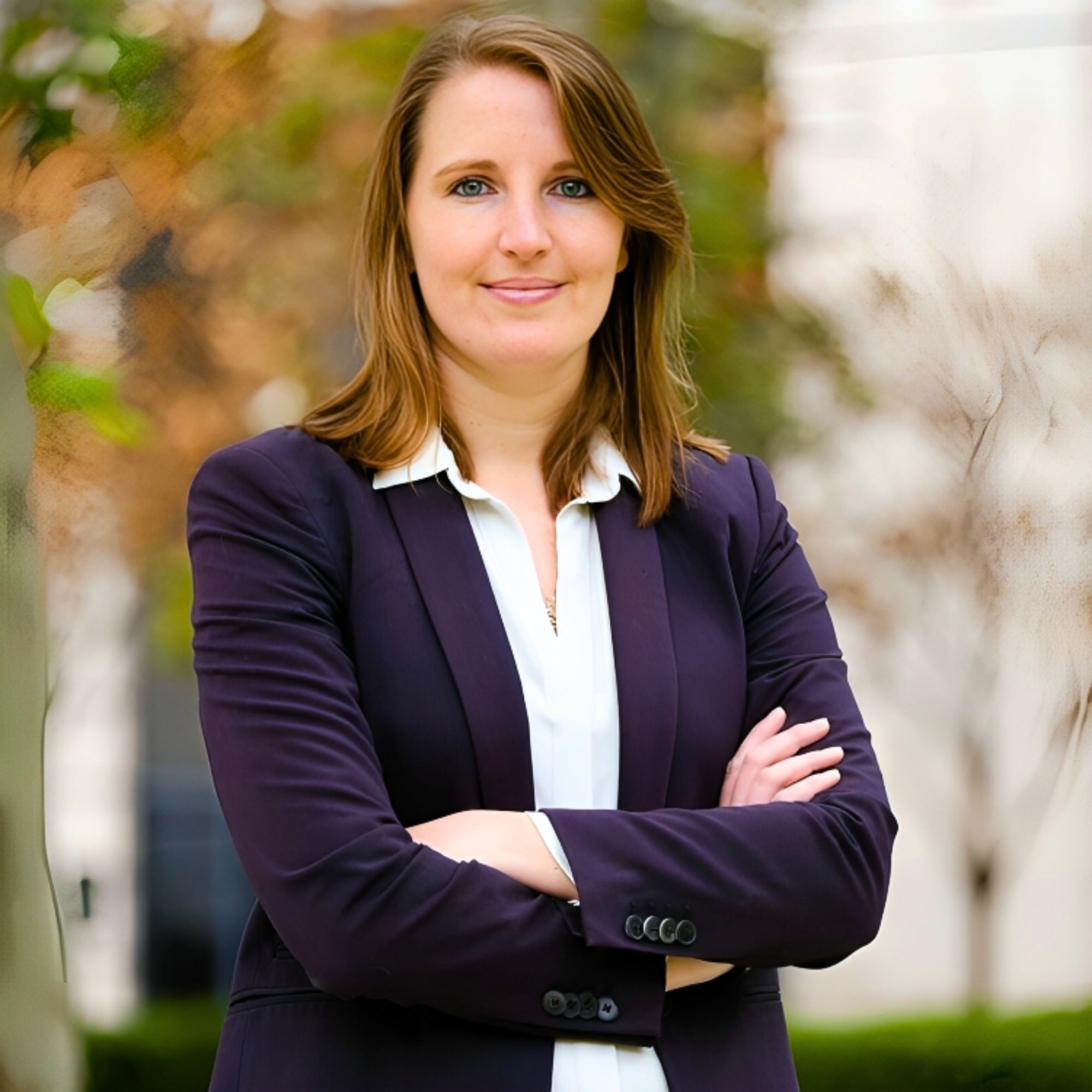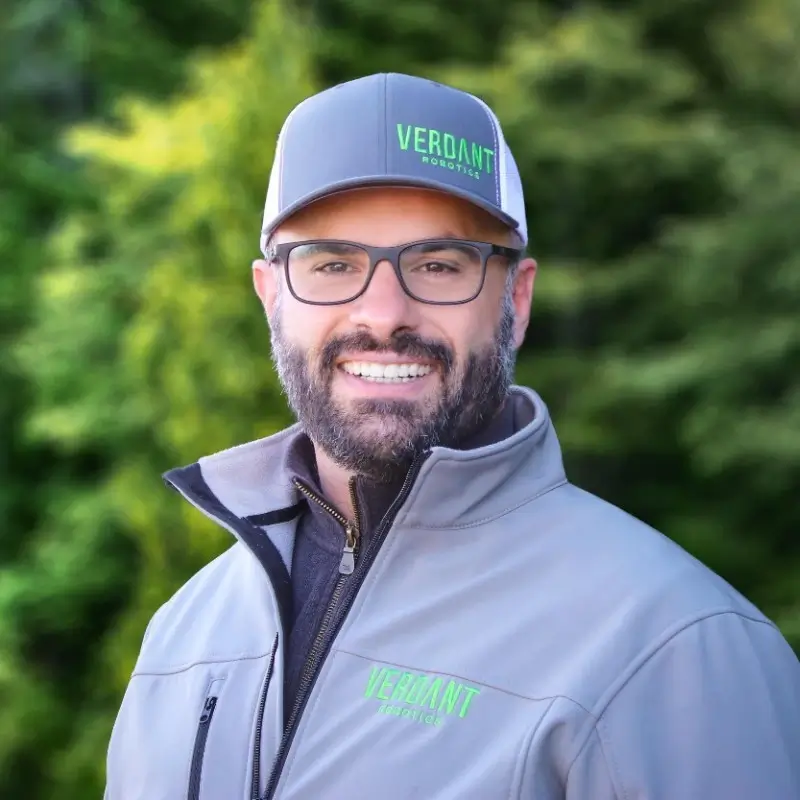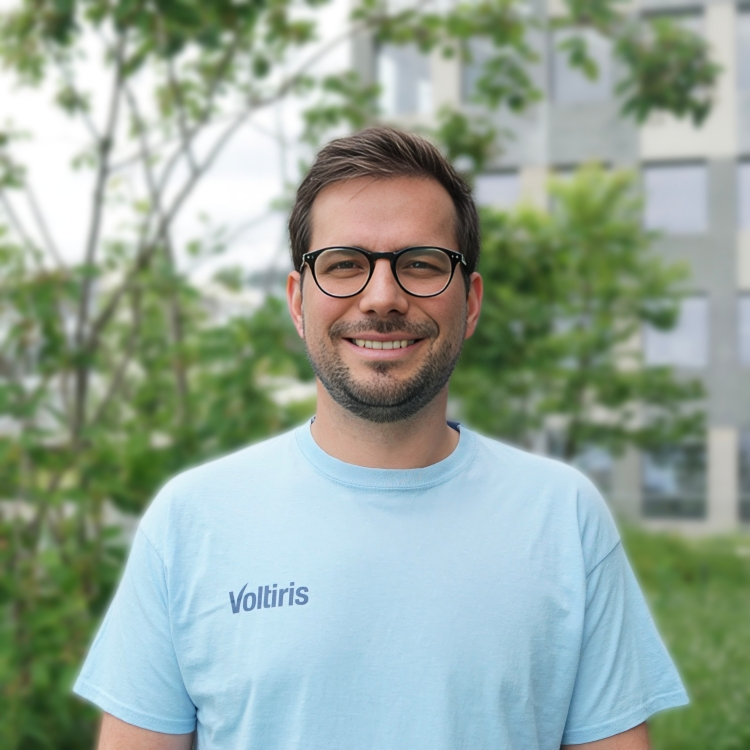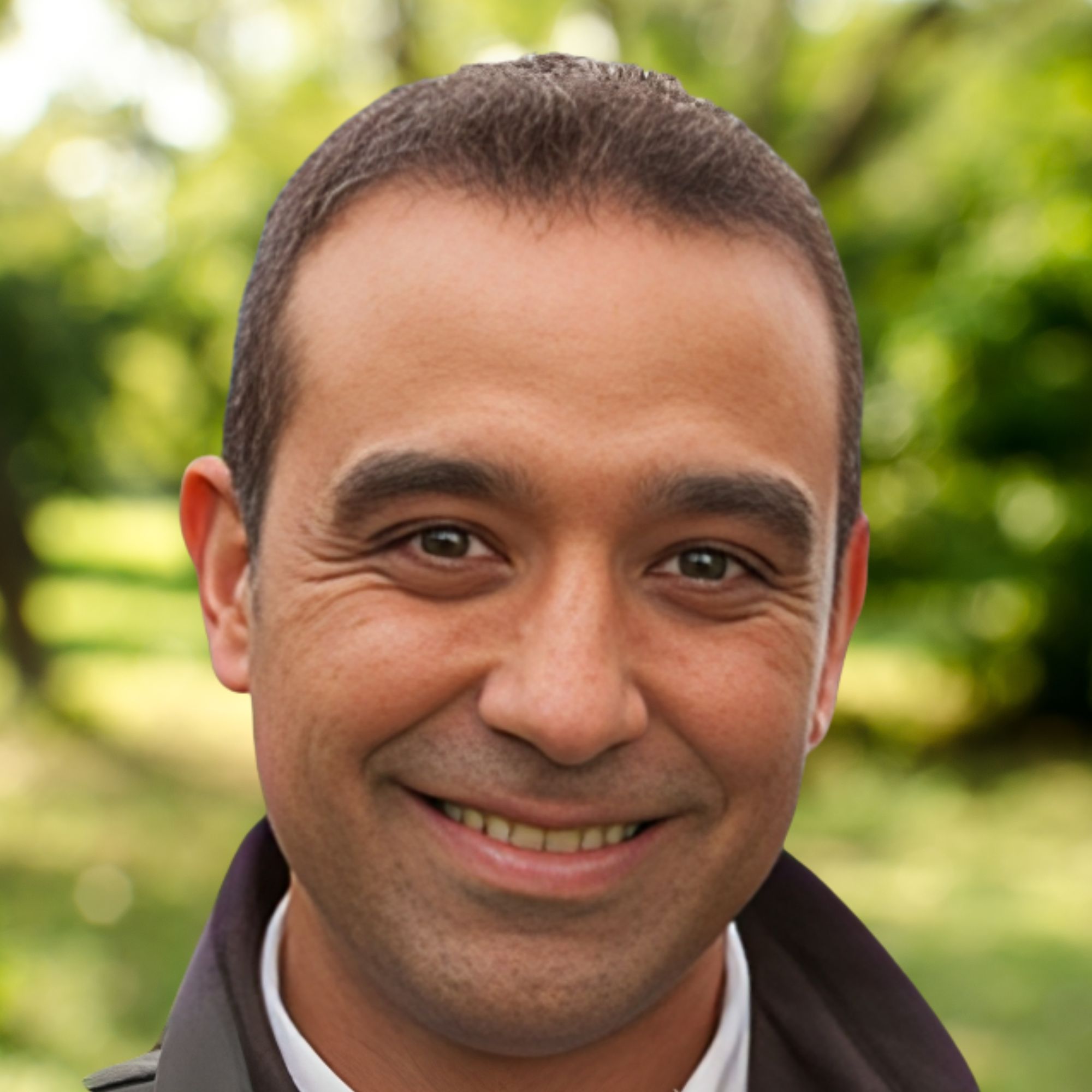Ready to build your own Founder-Led Growth engine? Book a Strategy Call
Frontlines.io | Where B2B Founders Talk GTM.
Strategic Communications Advisory For Visionary Founders
Actionable
Takeaways
Target hub customers for network effects:
Emma's team identified customers who were connected to 200-500 other participants in the supply chain, creating a hub-and-spoke model. Rather than trying to acquire customers one by one, they focused on central aggregators who naturally brought their network onto the platform. B2B founders in networked industries should map their ecosystem to identify these high-leverage customers who can drive adoption across their entire network.
Resist the temptation to rebrand for funding cycles:
AgriDigital deliberately chose not to reposition itself as an AI company, fintech, or climate tech despite having elements of each. Emma explained, "I don't feel any need to try and position us and rebrand us as a climate tech company." This focus allowed them to solve actual customer problems rather than funding problems. B2B founders should resist the urge to chase trending categories and instead build deep expertise in their chosen domain.
Price increases require customer education, not apology:
When AgriDigital needed to become profitable, they had direct conversations with customers about sustainability, explaining that there's "only so much that we can expect investors and others to cross subsidize in the development of this technology." Almost all customers understood and accepted necessary price increases. B2B founders should frame pricing conversations around mutual sustainability rather than apologizing for necessary business decisions.
Don't apply other companies' playbooks to unique problems:
Emma emphasized that trying to apply lessons from successful companies like Canva was counterproductive: "The only thing we have in common is that they're Australian born as well." Instead, they focused on internal data, hypothesis testing, and small experiments. B2B founders should resist the urge to copy other companies' strategies and instead develop approaches specific to their market and customer base.
Build senior teams for complex problems:
During COVID, AgriDigital chose to hire "a smaller, more senior team rather than numerous employees that are more junior." This decision reflected their realization that complex, first-of-their-kind problems require experienced judgment rather than junior execution. B2B founders tackling novel problems should prioritize experience over headcount, especially when building in uncharted territory.
Conversation
Highlights
The Unpopular Truth About Building in Agriculture: What AgriDigital Learned From Eight Years Ahead of the Market
Most B2B founders chase fast-moving markets where customers are hungry for innovation. Emma Weston chose the opposite path. In a recent episode of Category Visionaries, the CEO and Co-Founder of AgriDigital shared her journey building a grain management platform in agriculture—the world’s least digitized industry.
Eight years later, with $20 million raised, AgriDigital has learned hard lessons about building category-defining technology when your market isn’t ready for it. Their story reveals counterintuitive truths about go-to-market strategy that challenge conventional wisdom.
The Privileged Starting Position
Unlike most startups scrambling for product-market fit, AgriDigital began with an unusual advantage. Emma and her two co-founders had already exited two businesses together. “When we’d exited kind of the last one pre AgriDigital, we were in a position where we had runway so we could kind of like if there was a problem we wanted to solve,” Emma explains. “We actually had some runways to do that, which was a pretty privileged position to be in.”
This runway gave them something rare in entrepreneurship: the luxury of patience. They could afford to tackle a problem that might take years to solve rather than months. Their collective experience in the grains industry had shown them that digital transformation was inevitable, but they also knew it would be slow.
The problem they saw was compelling. Agriculture operates on manual, paper-driven processes across “incredibly fragmented, dispersed participants.” Digital technology could create “a cohesive, automated and standardized set of workflows” that would democratize access and potentially shift power dynamics in an industry “dominated by very large multinationals.”
The Reality of Being Early
Having vision and capital doesn’t guarantee smooth execution. AgriDigital’s biggest challenge wasn’t building the technology—it was waiting for the market to catch up. “I think what the past eight years has taught us is that we are increasingly quite as a founder group and maybe now as a broader team at AgriDigital, we’re increasingly quite far ahead of where the market is,” Emma reflects.
Being early created a unique problem: they had to “build the fact that we are seeing ways to solve existing problems like way ahead of the market.” This meant developing patience for market adoption while maintaining momentum as a business. “We’ve got to be able to have the patience for the market to catch up and we’ve got to think about how we work adoption.”
The agricultural sector’s resistance to change runs deeper than mere conservatism. Emma offers a controversial perspective: “The large incumbent players and governments have provided a lot of stuff for free over a very long time. And participants actually don’t know that they need. They don’t know how to value services that have been built out.”
This created a market where potential customers couldn’t properly value software solutions. “They know, like farmers know about buying tractors, they understand and they very highly value that. You know, investing in fencing and, you know, those sorts of things really get that software and some of the solutions that, you know, we and others provide. That’s not something that has been valued really.”
The Hub-and-Spoke Strategy
Faced with a fragmented market of thousands of potential customers, AgriDigital developed a clever go-to-market approach. Instead of trying to acquire customers one by one, they identified hub customers—central players connected to hundreds of other participants in the supply chain.
“We defined a sweet spot where that customer tended to be connected to around 200 to 500 other customers in the supply chain,” Emma explains. “And we progressively worked to, you know, to bring on those hubs, if, you know, those hub customers, those central pivot point customers.”
This strategy leveraged network effects. By focusing on aggregators within the supply chain, they could reach “the other parts of the supply chain for you. So, you know, that makes the job a lot easier.”
The approach worked initially, but it also created blindness to other opportunities. “One of the mistakes that we made was perhaps to get really focused on that strategy and not to pick the shift to making sure that all of those other connected customers that were delivering value earlier to those customers.”
The Connected Platform Vision
At the heart of AgriDigital’s offering is something technically sophisticated but conceptually simple: a connected platform that creates a single source of truth. “Instead of, let’s say, a contract for the sale of grain being executed or developed by a buyer and a seller, and everyone’s got their own copy and their own version of that contract, there’s only one version of that contract, and that exists on the AgriDigital platform,” Emma describes.
This seemingly simple change—from multiple versions to one shared version—eliminates countless coordination problems. “The buyer and the seller both come to that contract to, you know, to transact.” The platform becomes “this single source of truth that’s shared across many participants, many locations, and the ability for everyone to add to the single dataset.”
This connected platform approach was “still very novel” and “still very unique” even after eight years. “We’re ahead of our time, like, as a business, but also just in the sector.”
Resisting the Temptation to Pivot
When markets shift and funding becomes scarce, the temptation to rebrand becomes overwhelming. AgriDigital watched other companies chase trending categories, but they made a different choice. “We just need to own this segment and be really proud of what we do as founders in this segment because it’s not easy,” Emma says.
The company deliberately chose not to rebrand despite having elements that could fit other hot categories. “Although, you know, we use AI elements and what we do, we’re not an AI company, we are an ag tech company. That is really where we fit. Although we have financing parts of what we do, we’re not really a fintech company, we’re an agtech company.”
This decision required discipline. Emma recognized that constantly repositioning would be counterproductive: “If on top of that, I was trying to rebrand the business to suit the latest funding cycle or the latest enthusiasm, I don’t know that I would have the energy to actually focus on solving the problem. I’m trying to solve a funding problem instead of solving the product problem, you know, the market problem, the customer problem.”
The Profitability Pivot
When the funding environment shifted, AgriDigital faced the challenge many startups encounter: the sudden need to become profitable. Their approach was refreshingly direct. Instead of apologizing for necessary price increases, they educated customers about business sustainability.
“We had to have really, I think upfront, intelligent, respectful conversations with our customers and really test the support and how much they really wanted our product in market and charge accordingly,” Emma explains. The conversation focused on reality rather than apology: “There’s only so much that we can expect, you know, investors and others to cross subsidize in the development of this technology as it gets more mature.”
The response surprised them. “Not amazingly actually, but pretty much all our customers understood and said yes, we understand.” This taught them that honest conversations about business sustainability often generate more respect than apologetic discounting.
The path to profitability required focus. “We had to skinny down our focus to what was core and really only invest in what was core.” This discipline revealed they “actually had the runway to do what we needed to do.”
Rejecting Silicon Valley Orthodoxy
Perhaps most tellingly, AgriDigital has rejected many Silicon Valley orthodoxies about building and scaling companies. They don’t have a marketing team: “We don’t have a marketing team, so we don’t do marketing.” Emma’s reasoning is data-driven: “There is no clear research or link that I’ve seen anyway… spending dollars on marketing leads to like sales uptick.”
Instead, they focus on authentic storytelling. “We realize the power of video, the power of conversation, the power of storytelling. Even in something which may be boring to some people as, you know, digitizing the grain supply chain, there are stories to tell, they’re awesome stories and there are challenges, there are frustrations.”
They’ve also rejected the junior-heavy team model common in venture-backed companies. “Around the time of COVID was to opt for a more senior, a smaller, more senior team rather than numerous employees that are more junior.” This decision reflected their understanding that complex, first-of-their-kind problems require experienced judgment.
The No-Shortcuts Reality
Emma’s biggest lesson after eight years challenges the startup mythology of finding shortcuts and growth hacks. “There is not a book I can pull off the shelf,” she says. “There is not a shortcut.”
Instead of copying other companies’ playbooks, they’ve developed their own methodology: “What we have been doing is a lot of experimentation and using our internal data to come up with a hypothesis and prove that hypothesis in reality with small test sets and then expanding that out over time.”
This approach required them to ignore well-meaning advice from investors who “think that they see patterns across the companies that they invest in.” Emma realized that “I actually think we’re doing some of these things for the first time. I don’t think there are patterns. I don’t think there are proven ways of making this work in our segment.”
The Long-Term Vision
Despite the challenges, AgriDigital’s vision remains ambitious. Emma sees their connected platform evolving into something transformative: “What started as a let’s take paper out of the supply chain and replace it with digital artifacts becomes an incredible insights driven platform for optimizing agribusiness.”
The path forward involves more collaboration and partnerships. “I don’t know if I’m the right person to take that forward, you know, alone, definitely. So I think in the five year vision and the three year vision is much more collaboration and partnerships. That’s the way we’re going to solve this.”
Lessons for Patient Capital
AgriDigital’s journey offers a counterpoint to the venture capital orthodoxy of rapid scaling and quick exits. Their story suggests that some of the most important problems require patient capital and founders willing to build for the long term.
The company’s approach—focusing on real customer problems, building senior teams, rejecting marketing orthodoxy, and staying true to their category—has created a sustainable business in an industry notorious for resisting change. Their success came not from finding shortcuts, but from having the patience and resources to solve problems the right way.
For B2B founders, AgriDigital’s story demonstrates that sometimes the best strategy is the hardest one: pick an important problem, build the right solution, and wait for the market to catch up. Not every founder has the luxury of patient capital, but those who do might find that the most rewarding opportunities lie in the industries everyone else considers too slow to bother with.





